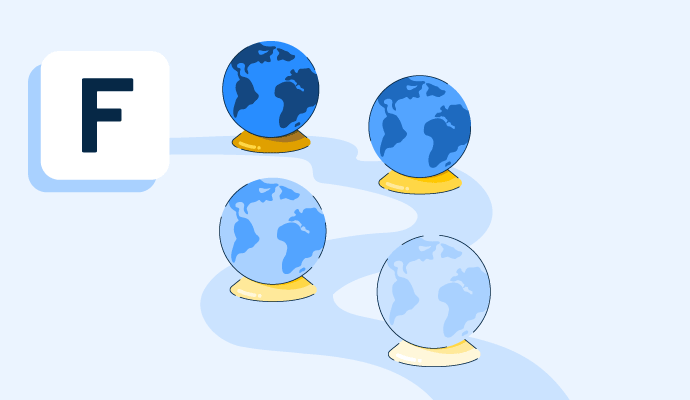What is the Fourth World?
The term Fourth World refers to the world’s most underdeveloped, poverty-stricken, and oppressed areas. Many of these nations’ inhabitants have no political connections and are often hunter-gatherers living in nomadic communities or part of tribes.
Although these areas may be completely functional and self-sufficient, their Fourth World status is assigned due to economic performance. Further, Fourth World nations don’t consume goods or contribute on a global scale, and are largely unaffected by global events.
The separation of the Fourth World from the rest of the world is more pronounced than ever. While other countries celebrate technological innovation, more often than not, Fourth World countries don’t have access to common technologies, including internet service providers (ISPs). The few with internet access use a bandwidth so low that it takes a website several minutes to load.
Understanding the Fourth World
During the Cold War, every country was classified as belonging to a certain type of world. Below is a quick overview of how the classifications were broken down, as well as their current definitions.
- First World described countries whose views and values were closely associated with the North Atlantic Treaty Organization (NATO) and capitalism in opposition to the Soviet Union. Once the Soviet Union collapsed in 1991, the definition largely shifted to highly developed, industrialized nations (often considered the westernized countries of the world). Examples of First World countries include the United States, Canada, Japan, Australia, and New Zealand.
- Second World identified countries that embraced the ideals of the Soviet Union and communism. The term fell out of use after the Cold War ended in the early 1990s and now refers to countries that are more stable and developed than Third World countries, but less stable and developed than First World countries. Examples of Second World countries include Afghanistan, Cuba, Mongolia, and North Korea.
- Third World referred to countries unaffiliated with either side. However, since the Cold War ended, the term has decreased in use and been replaced with phrases like “developing countries” or “least developed countries.” Some examples include South Sudan, Tibet, Libya, and Iran.
- Fourth World was created after the term Third World became the standard for describing places and populations with extremely low income per capita and limited natural resources. Some examples of Fourth World countries include Ethiopia, Haiti, and Uganda.
Characteristics of Fourth World areas
The term Fourth World is used to describe parts of countries in the Third World that are the most poverty-stricken. Another characteristic of Fourth World countries is that they tend to be excluded from mainstream society. Said another way, they’re unaffected by global events and don’t contribute to the global economy.
Many of these countries are self-sufficient and operate without outside assistance; however, their economic performance is much lower than other more developed nations of the world. Some examples of Fourth World nations include Aboriginal tribes in South America and Australia.
Additionally, political borders don’t define Fourth World areas. In most cases, they’re described as areas without a sovereign status, emphasizing their exclusion from the politico-economic system, which includes First World groups throughout North, Central, and South America.
Learn how companies can positively impact their community with corporate citizenship.

Amanda Hahn-Peters
Amanda Hahn-Peters is a freelance copywriter for G2. Born and raised in Florida, she graduated from Florida State University with a concentration in Mass Media Studies. When she’s not writing, you’ll find Amanda coaching triathletes, cuddling up with a good book, or at the theater catching the latest musical.

